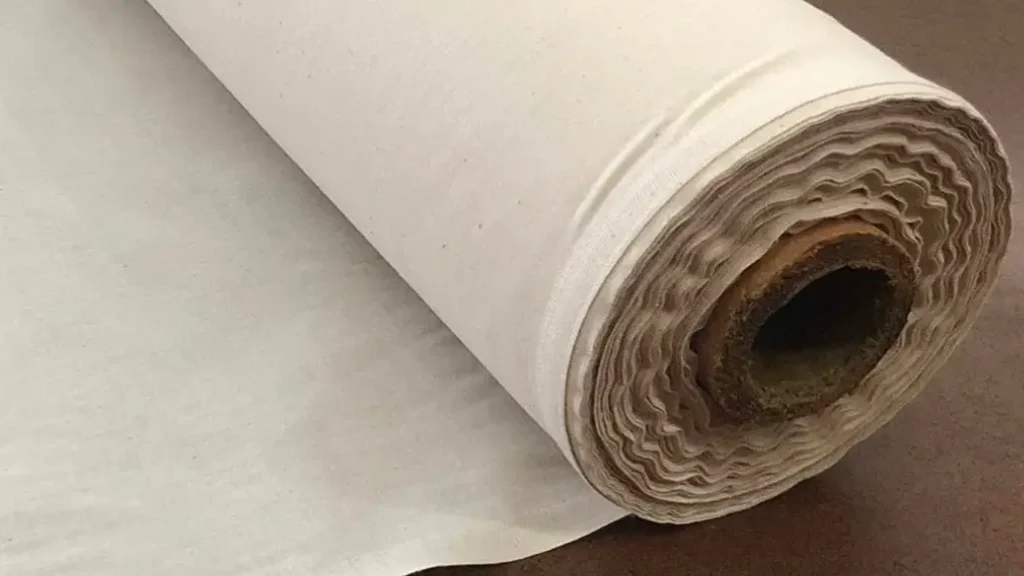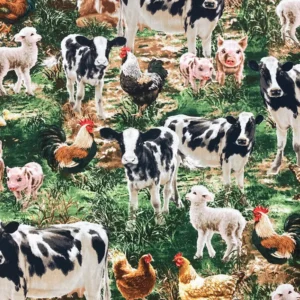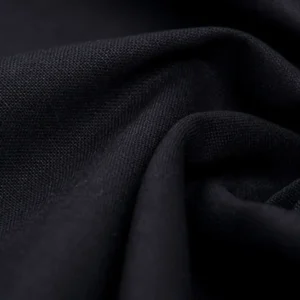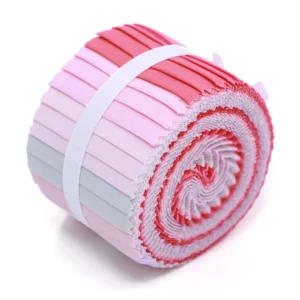Muslin and cotton are both popular fabrics, but they differ significantly in their characteristics and uses. This blog explores the key distinctions between these versatile textiles. Understanding their differences will help you choose the right fabric for your projects.
We’ll delve into their weaves, textures, and common applications, highlighting why one might be preferred over the other. Whether you’re sewing, crafting, or simply curious, this guide will clarify the unique qualities of muslin and cotton.
What Is Muslin Fabric

Muslin is a lightweight, loosely woven cotton fabric. It’s characterized by its plain weave, which gives it a simple, unpretentious appearance. Muslin is known for its versatility and breathability, making it a popular choice for various applications. It can range from very sheer to somewhat coarse, depending on the weave and weight.
Historically, muslin originated in Mosul, Iraq, and was prized for its delicate texture. Today, it’s commonly used in dressmaking for creating patterns and mock-ups, as well as for backdrops in photography and theater. Its gentle nature also makes it suitable for baby swaddling and other applications where soft, breathable fabric is needed.
What Is Cotton Fabric
Cotton fabric is a textile made from the natural fibers of the cotton plant. It’s one of the most widely used fabrics globally, prized for its versatility, comfort, and breathability. Cotton fibers are spun into yarn, which is then woven or knitted to create various types of cotton fabric. Its natural properties make it soft, absorbent, and durable, making it suitable for a vast array of applications.
Cotton fabric comes in numerous variations, including broadcloth, denim, jersey, and canvas, each with unique characteristics and uses. It’s used in clothing, home textiles, industrial applications, and more. Cotton’s adaptability and ease of care contribute to its enduring popularity, making it a staple in textile production.
Muslin vs Cotton Fabrc
Muslin and cotton, while both originating from the cotton plant, diverge significantly in their construction, characteristics, and applications. Understanding these differences is crucial for selecting the appropriate fabric for your needs.
Muslin Fabric:
Muslin is defined by its simple, plain weave and lightweight structure. It’s often unbleached, resulting in a natural, off-white hue. The looseness of the weave contributes to its breathability, making it ideal for applications where airflow is essential. Muslin’s versatility stems from its various grades, ranging from sheer, almost gauze-like textures to denser, slightly heavier weights.
- Weave and Structure: Muslin’s loose weave is its defining feature. This allows for easy draping and shaping, making it a favorite for pattern making and draping in fashion design. The gaps in the weave also contribute to its airy feel.
- Weight and Texture: Muslin ranges from very lightweight to medium weight. Finer muslins are almost translucent, while heavier grades offer more opacity. The texture can vary from smooth to slightly coarse, depending on the yarn thickness and weave density.
- Applications: Muslin’s primary uses include pattern drafting, mock-ups, cheesecloth for cooking, backdrops for photography, and swaddling for babies. Its delicate nature and breathability make it suitable for applications where gentleness and airflow are paramount.
- Durability and Care: Muslin is generally less durable than tightly woven cotton fabrics. It can fray easily and may shrink if not pre-shrunk. Care instructions vary depending on the grade and finish, but gentle washing and drying are typically recommended.
Cotton Fabric:
Cotton, in its broader sense, encompasses a vast range of fabrics derived from the cotton plant. Unlike muslin’s specific weave, cotton fabrics can be woven or knitted into various structures, resulting in diverse textures and properties. Cotton is known for its strength, durability, and versatility.
- Weave and Structure: Cotton fabrics can be woven in plain, twill, satin, or other weaves, or knitted into jersey, rib knit, or other structures. This diversity allows for a wide range of textures and properties.
- Weight and Texture: Cotton fabrics range from lightweight voiles and lawns to heavy denims and canvases. The texture can vary from smooth and silky to rough and textured, depending on the weave, yarn, and finish.
- Applications: Cotton’s versatility makes it suitable for a wide range of applications, including apparel, home textiles, bedding, upholstery, and industrial uses. Its strength, durability, and comfort make it a popular choice for everyday wear.
- Durability and Care: Cotton is generally durable and easy to care for. It can withstand regular washing and drying, although some shrinkage may occur. Specific care instructions depend on the fabric type and finish. Cotton can be mercerized, pre-shrunk, or treated with various finishes to enhance its properties.
Key Differences between muslin and cotton fabric:
| Feature | Muslin Fabric | Cotton Fabric (General) |
|---|---|---|
| Weave | Plain, loose weave | Various weaves (plain, twill, knit, etc.) |
| Weight | Lightweight to medium-lightweight | Wide range (light to heavy) |
| Texture | Variable (smooth to slightly coarse) | Variable (smooth, textured, etc.) |
| Durability | Lower | Higher (depending on type) |
| Breathability | High | Variable (depending on weave) |
| Applications | Pattern drafting, mock-ups, swaddling, cheesecloth, backdrops | Apparel, home textiles, bedding, upholstery, industrial uses |
| Shrinkage | Potential | Potential (depending on type) |
| Fraying | Higher | Variable (depending on weave) |
| Appearance | Often unbleached, natural look | Wide range of colors and prints |
Muslin Fabric and Cotton Fabric, Which is Better?
Determining whether muslin or cotton fabric is “better” depends entirely on the intended application. Muslin, with its loose weave and lightweight nature, excels in situations requiring breathability and delicate handling. It’s ideal for pattern drafting, mock-ups, and baby swaddling, where its gentle touch is paramount. However, its lower durability makes it less suitable for everyday wear or heavy-duty use.
Cotton, in its broader sense, offers a diverse range of fabrics with varying weaves, weights, and textures. Its versatility makes it a superior choice for apparel, home textiles, and applications demanding strength and durability. From sturdy denim to soft jersey, cotton fabrics cater to a wide spectrum of needs. Its ease of care and longevity contribute to its widespread popularity.
Ultimately, neither fabric is universally “better.” Muslin’s specialized properties make it indispensable for certain tasks, while cotton’s adaptability makes it a staple in the textile industry. The optimal choice depends on the specific requirements of your project. Consider the fabric’s weave, weight, durability, and intended use to make an informed decision.
Conclusion
Muslin, known for its loose weave and lightweight feel, contrasts sharply with cotton’s denser, more durable nature. Cotton’s versatility suits various applications, while muslin excels in delicate tasks. Understanding these differences allows for informed fabric choices in sewing and crafting.
Choosing the right fabric is crucial for project success. Whether you need breathable muslin or sturdy cotton, each offers unique benefits. Consider your project’s needs to select the perfect material.
Ready to explore high-quality muslin and cotton fabrics? Contact Fanda Fabrics today for a quote and discover the perfect materials for your next creation.



